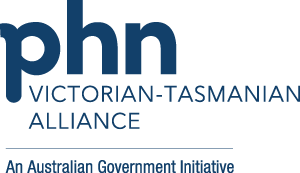The Victorian and Tasmanian PHNs support coordination of care to ensure patients receive the right care, in the right place, at the right time.
The PHNs work to achieve this aim in a range of ways, working with local health professionals and stakeholders. Key efforts include:

